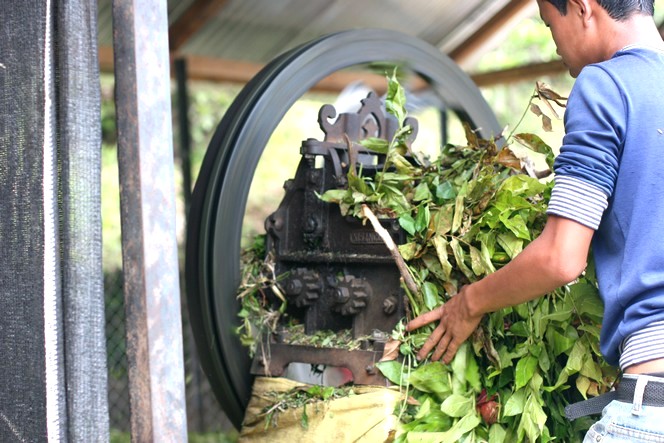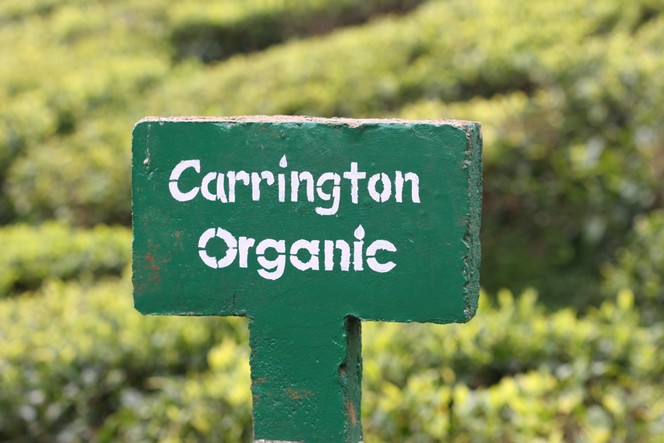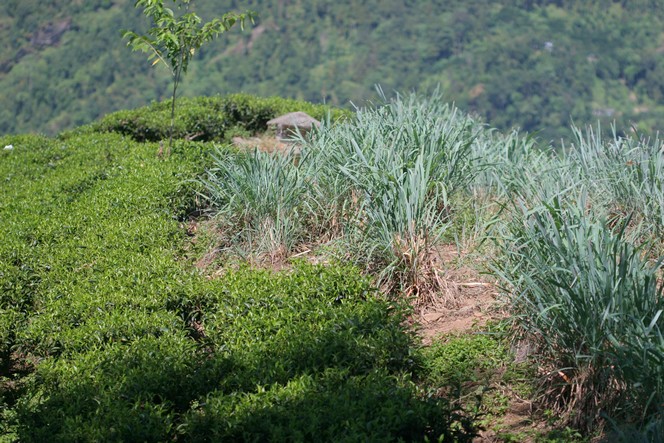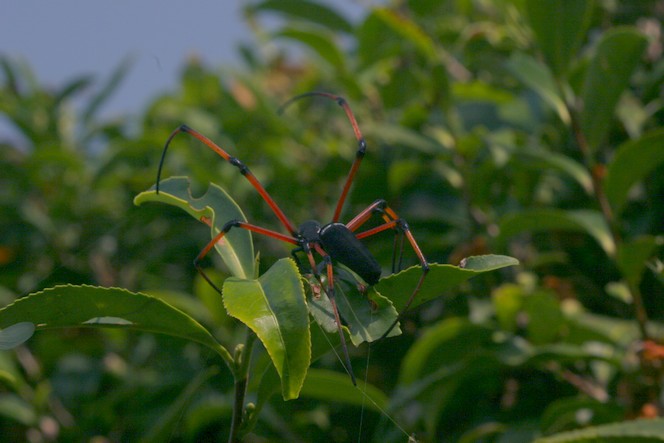You don’t need panda excrement to launch into organic tea production. In my last post I mentioned these loveable mammals in the light of the highly-publicised start-up by a Chinese entrepreneur. But vermiculture, on the other hand, has been around for a long time and is used on many tea plantations. So what is it? Quite simply, it involves raising earthworms by feeding them on a mixture of cow dung and chopped-up leaves (see photo). A few weeks later, the earthworm castings are collected and spread onto the soil. The use of this rich compost eliminates the need for fertilisers. In addition, the compost contains worm eggs, which then hatch into worms themselves. Once they have grown into adult worms, they will help aerate the soil and aid irrigation. As well as burrowing tunnels, the worms feed on leaves that have fallen to the ground, and speed up their decomposition.
So earthworms are a great asset, providing ongoing benefits for the soil.




